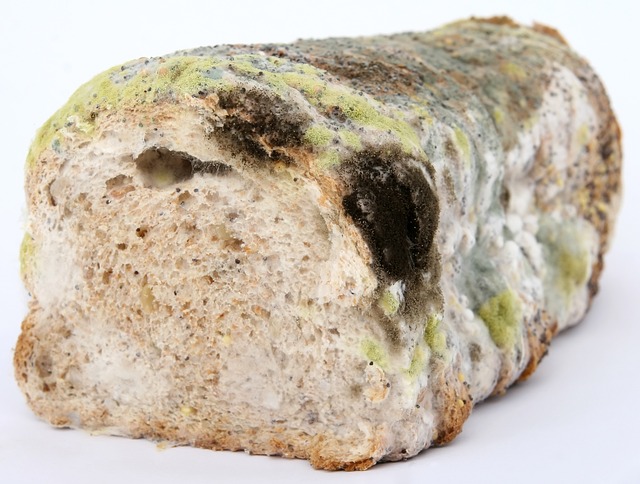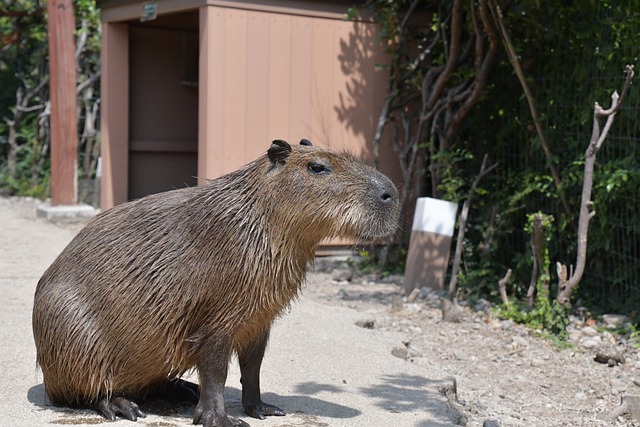Pet owners and researchers alike often wonder whether rats can safely take penicillin.
This common antibiotic is known for treating various bacterial infections in humans and many other animals.
However, when it comes to our small rodent friends, administering penicillin might present different challenges and potential risks, which requires a deeper understanding of this unique species.
Rats are known for their incredible adaptability, but specific medications can adversely affect their health.
To tackle this issue, it is crucial to dive into rats’ biology and physiology and how these factors can influence their reaction to penicillin.
Equipped with a solid knowledge base, rat owners and veterinarians can make informed decisions on using antibiotics for the health and well-being of these animals.
In the following paragraphs, we explore the extent to which rats can safely take penicillin, considering their unique internal systems, common medical conditions they may face, and alternative treatments that might be more suitable for their well-being.
Can Rats Take Penicillin?
Like other animals, rats can sometimes require medical treatment for various infections. Penicillin is a common antibiotic for treating bacterial infections in humans and animals.
But can rats safely take penicillin?
Penicillin can be given to rats in appropriate doses to treat infections.
However, it’s essential to consult with a veterinarian before administering any medication to your pet rat.
A professional should always determine the dose and duration of treatment to ensure the safety and efficacy of the treatment.
When it comes to administering penicillin to rats, there are several factors to consider:
- Type of penicillin: There are different types of penicillin, and the choice of penicillin for rats largely depends on the specific infection being treated. Some common penicillin types include amoxicillin, penicillin G, and penicillin V.
- Dosage: The appropriate dosage for a rat will depend on factors such as the rat’s weight, the severity of the infection, and the rat’s general health. A veterinarian will consider all of these factors when determining the proper dosage.
- Route of administration: Penicillin can be administered to rats orally, by injection, or through a medicated water source. Depending on the type of penicillin and the rat’s condition, the veterinarian will recommend the most suitable method of administration.
It’s essential to closely follow the veterinarian’s instructions when giving penicillin to a rat.
In addition, monitor the rat’s health during the treatment period and report any unusual symptoms or adverse reactions to the veterinarian.
Penicillin can be a suitable treatment option for rats with bacterial infections. However, always consult a veterinarian before administering any medication to your pet rat.
Proper dosage, type of penicillin, and route of administration are crucial to ensure the treatment’s success and your pet’s safety.
Potential Risks of Penicillin for Rats
Penicillin is a widely used antibiotic to treat various bacterial infections in humans and animals. However, when it comes to rats, there are certain potential risks to be aware of if considering penicillin as a treatment option.
Allergic Reactions: Just like humans, rats can develop allergies to penicillin. They may display symptoms such as difficulty breathing, swelling, or rash. If an allergic reaction is suspected, it is vital to discontinue the medication and seek veterinary assistance immediately.
Adverse Effects on Gut Flora: Penicillin can disrupt the balance of beneficial bacteria in a rat’s gastrointestinal tract. This disruption may lead to digestive issues, including diarrhea or constipation. In some cases, rats might develop secondary infections due to the altered gut flora, requiring further treatment.
Potential Toxicity: Certain rodent species, including guinea pigs and hamsters, are known to be more susceptible to penicillin toxicity. Although rats may not be as sensitive, there is still a possibility of experiencing toxic side effects, such as seizures, when exposed to high doses of penicillin.
Drug Interactions: Penicillin may interact with other medications that a rat might be taking, potentially leading to reduced effectiveness or increased side effects. It is crucial to consult a veterinarian about possible drug interactions before administering penicillin to a rat.
In summary, while penicillin can be an effective treatment for bacterial infections in rats, it is essential to be aware of the potential risks and closely monitor any symptoms or side effects.
Always consult a veterinarian before administering any medication to rats, as they can best advise on the appropriate drug and dosage based on the specific situation and individual rat’s needs.
Alternatives to Penicillin for Rats
Rats, like humans, can sometimes require antibiotic treatment for various bacterial infections. Although penicillin is widely used to treat infection in humans, it may not be the best choice for rats due to potential side effects and allergies.
Several alternative antibiotics can be used to treat rats.
Tetracycline is a broad-spectrum antibiotic that can treat various bacterial infections in rats. It is particularly effective against respiratory infections, such as pneumonia, and is often administered through drinking water to ensure proper dosage. It should be noted, however, that tetracycline can cause teeth staining in growing rats and should be used cautiously.
Enrofloxacin (Baytril) is another bactericidal antibiotic option for rats. It belongs to the fluoroquinolone family, making it effective against various bacteria, including those resistant to other antibiotics. Enrofloxacin can treat respiratory, urinary, and skin infections. It is available in tablet and liquid form and can be administered orally or by injection. Long-term use of enrofloxacin can lead to potential tendon damage in rats.
Trimethoprim-sulfamethoxazole (Bactrim) is a combination antibiotic that can be prescribed for various infections in rats, like respiratory and gastrointestinal infections. The two active ingredients work together to inhibit bacterial growth, making it a potent treatment against many types of bacteria. Due to potential side effects such as dry eyes and skin irritation, it should be monitored closely during treatment.
Doxycycline is another tetracycline family antibiotic that may be an alternative to penicillin for rats. It is effective against many bacteria, including those that cause respiratory, urinary, and skin infections. Doxycycline has a lower risk of causing teeth staining than tetracycline, making it a more appealing option for treating growing rats.
When treating rats, it is essential to consult with a veterinarian experienced in small animal medicine, as they can determine the appropriate antibiotic and dosage tailored to the specific needs of the rat. Self-administration can lead to improper dosing, exacerbating the infection, or triggering antibiotic resistance.
Understanding Penicillin
Penicillin is a group of antibiotics derived from Penicillium fungi, first discovered by Alexander Fleming in 1928. It is one of the most widely used antibiotics due to its effectiveness against many bacterial infections.
There are several types of penicillin, including:
- Penicillin G
- Penicillin V
- Penicillinase-resistant penicillins (e.g., methicillin)
- Aminopenicillins (e.g., amoxicillin)
- Extended-spectrum penicillins (e.g., piperacillin)
These penicillins effectively treat various bacterial infections by targeting bacterial cell walls. They interfere with synthesizing peptidoglycan, an essential component of the bacterial cell wall, ultimately leading to cell lysis and death.
Some bacteria can develop resistance to penicillin by producing enzymes called β-lactamases, which break down the antibiotic and render it ineffective. This has led to the development of new generations of penicillin antibiotics, such as beta-lactamase inhibitors, to overcome resistance.
Care should be taken when it comes to using penicillin for rodents such as rats. Rats have different metabolic rates and immunity systems than humans, making determining the appropriate dosage and type of penicillin is crucial.
Additionally, rats might be more susceptible to specific side effects, which must be considered when administering penicillin. Always consult a veterinarian for advice on treating rats with antibiotics.
Conclusion
In summary, rats can indeed take penicillin, which has proven to be an effective antibiotic for treating various bacterial infections. Just like in humans, penicillin works by inhibiting bacterial cell wall synthesis, ultimately leading to the bacteria’s death.
However, it is essential to note that dosage and administration must be done cautiously. The rat’s size, weight, and overall health must be considered. Administering an incorrect dose may lead to adverse effects or even antibiotic resistance among bacteria in the rat’s body.
Furthermore, if a rat exhibits signs of an allergic reaction to penicillin, it is crucial to discontinue the drug and consult a veterinarian immediately. Allergic symptoms may include swelling, difficulty breathing, and hives.
Ultimately, penicillin has proven to be a valuable tool in treating rat bacterial infections. Using it responsibly and under a knowledgeable veterinarian’s guidance can help ensure these animals’ health and well-being.









